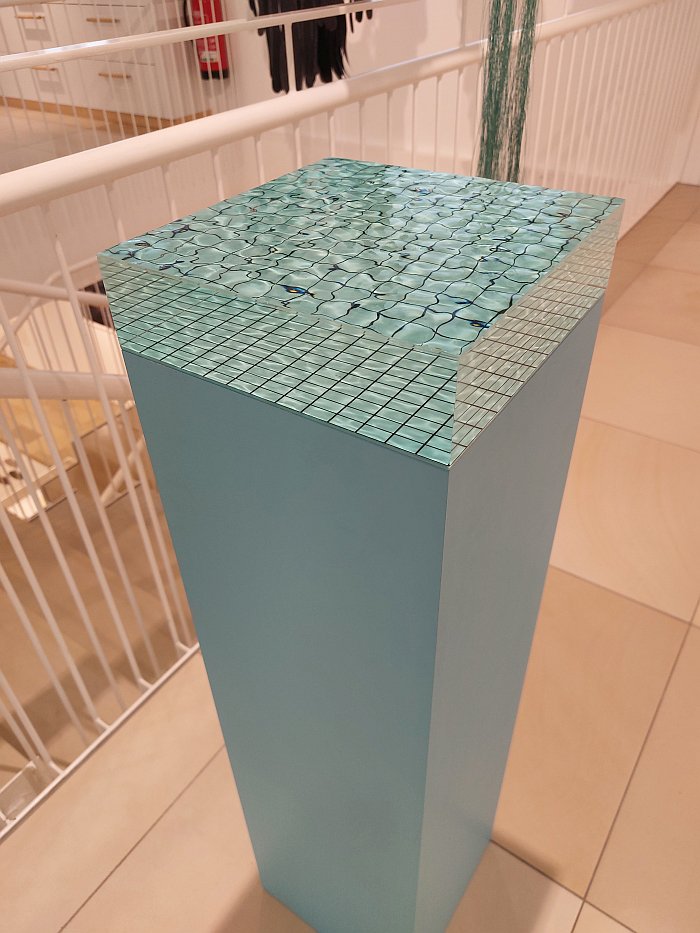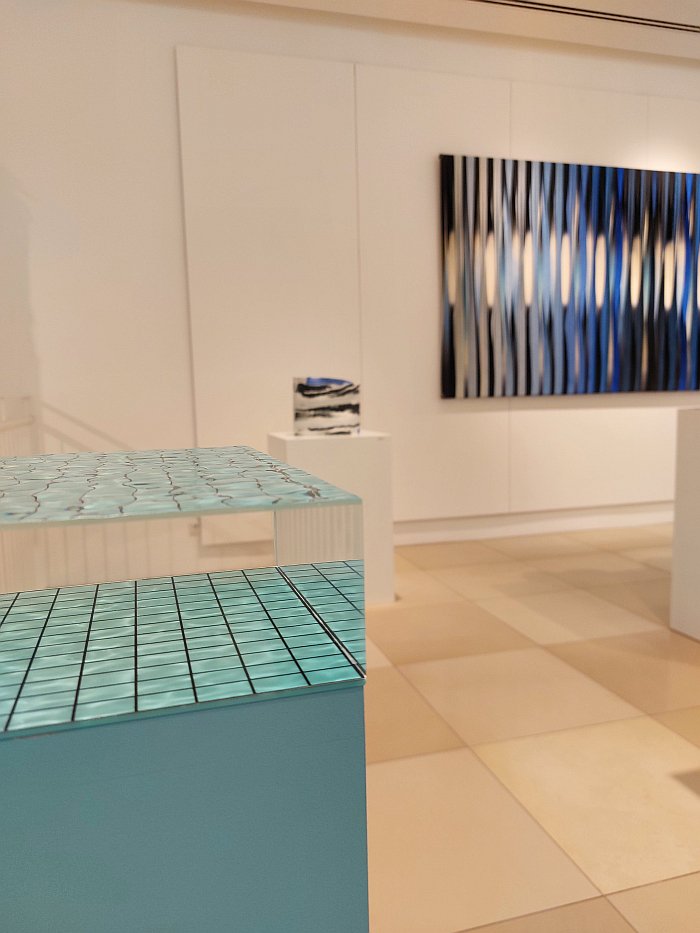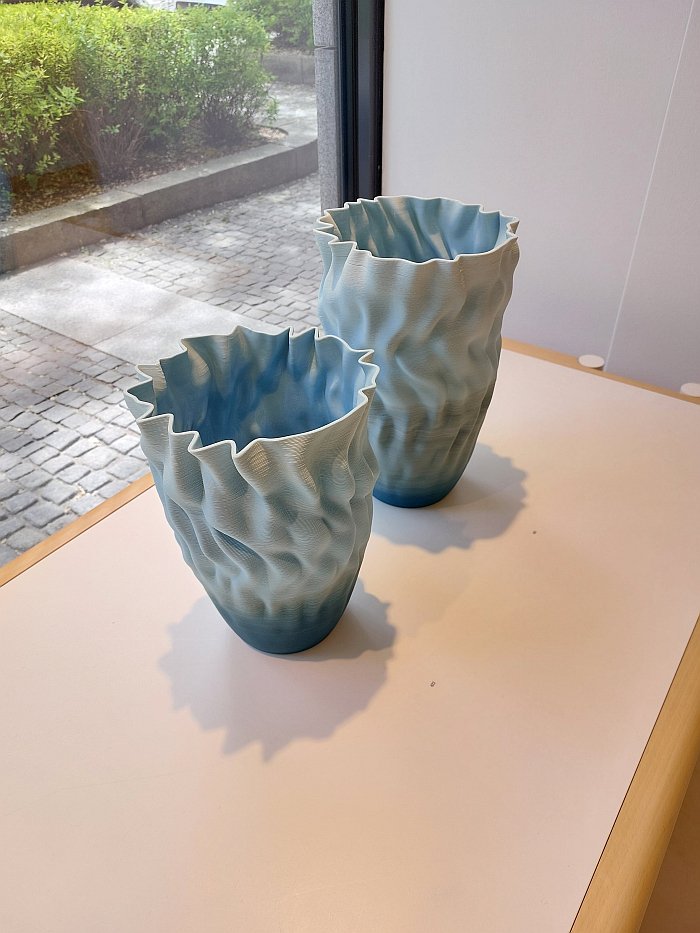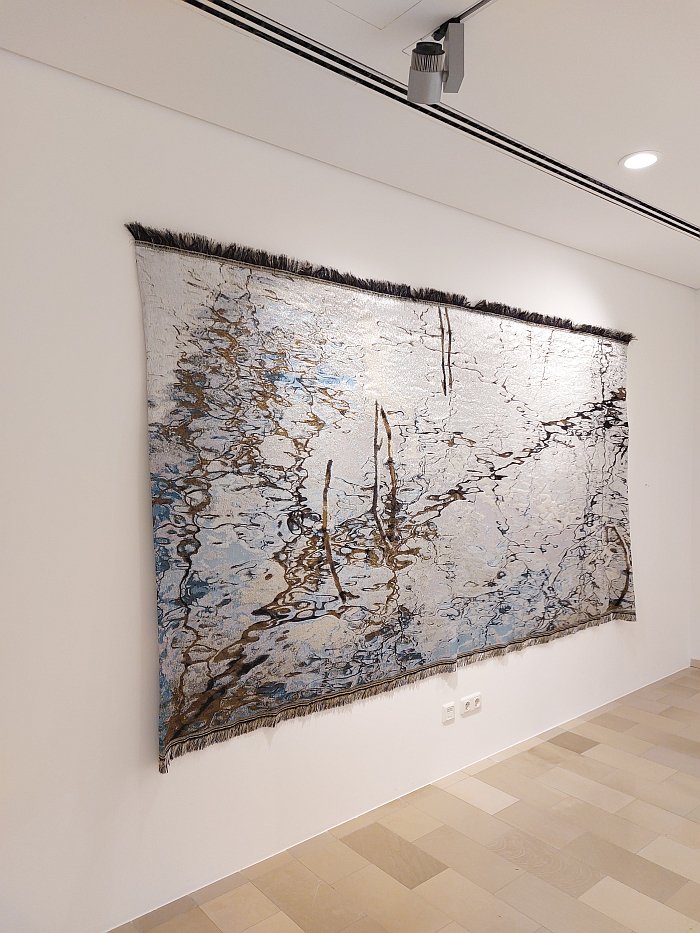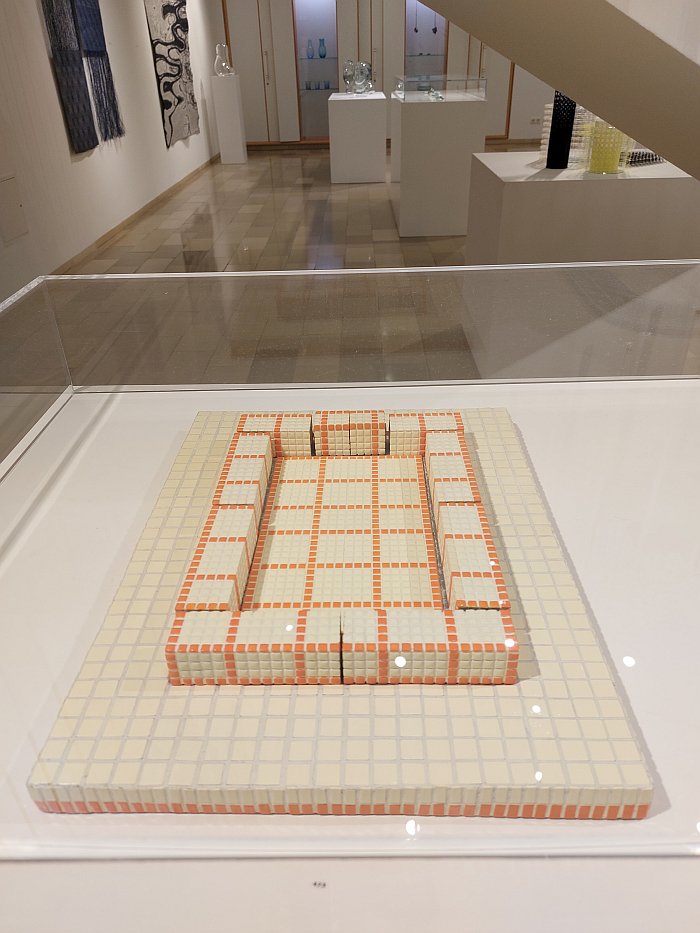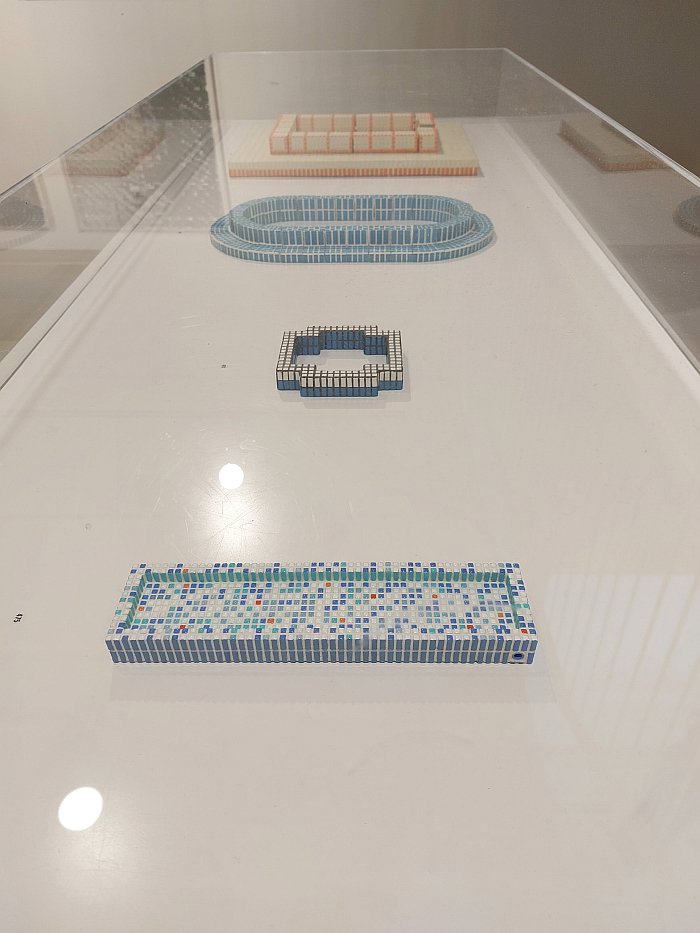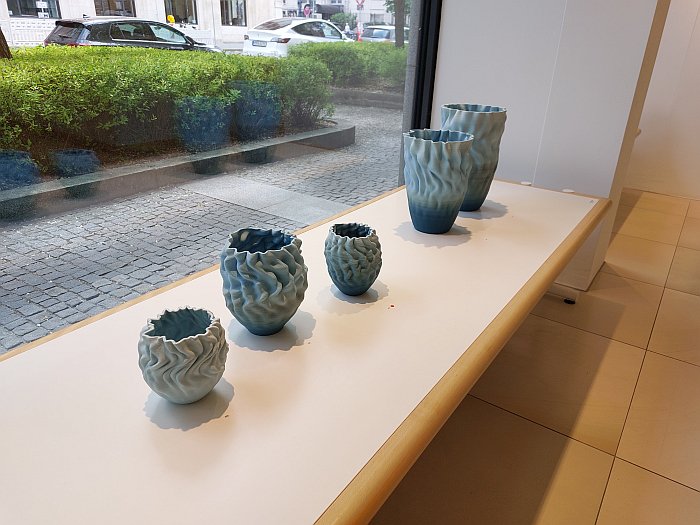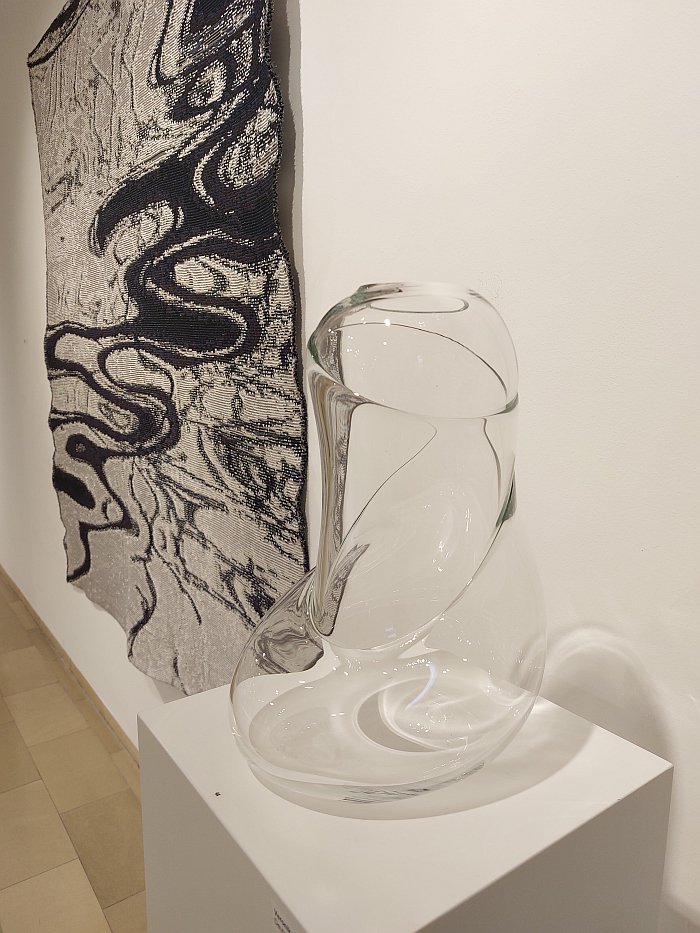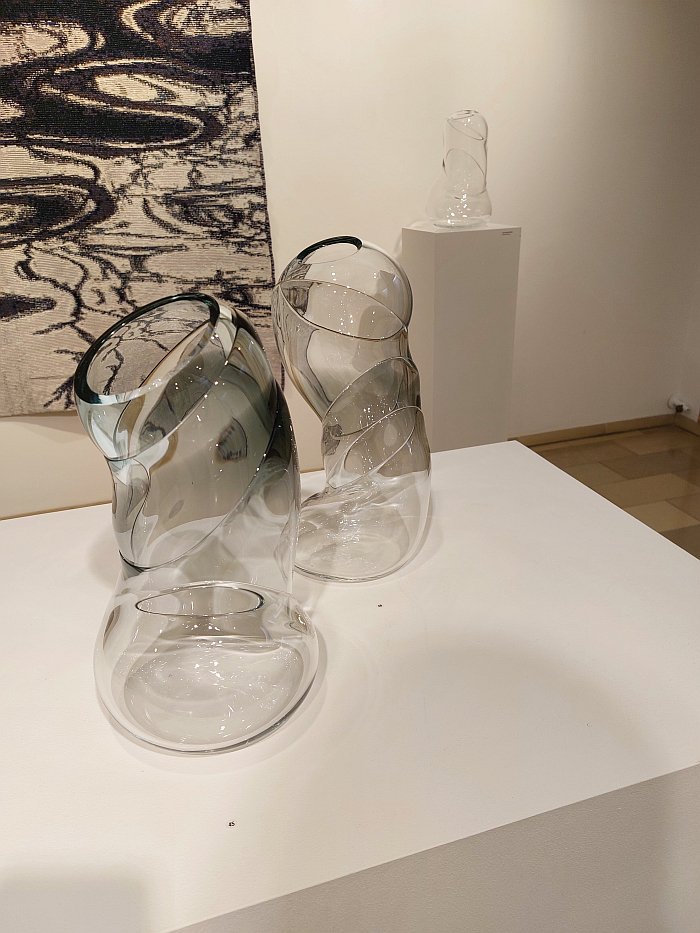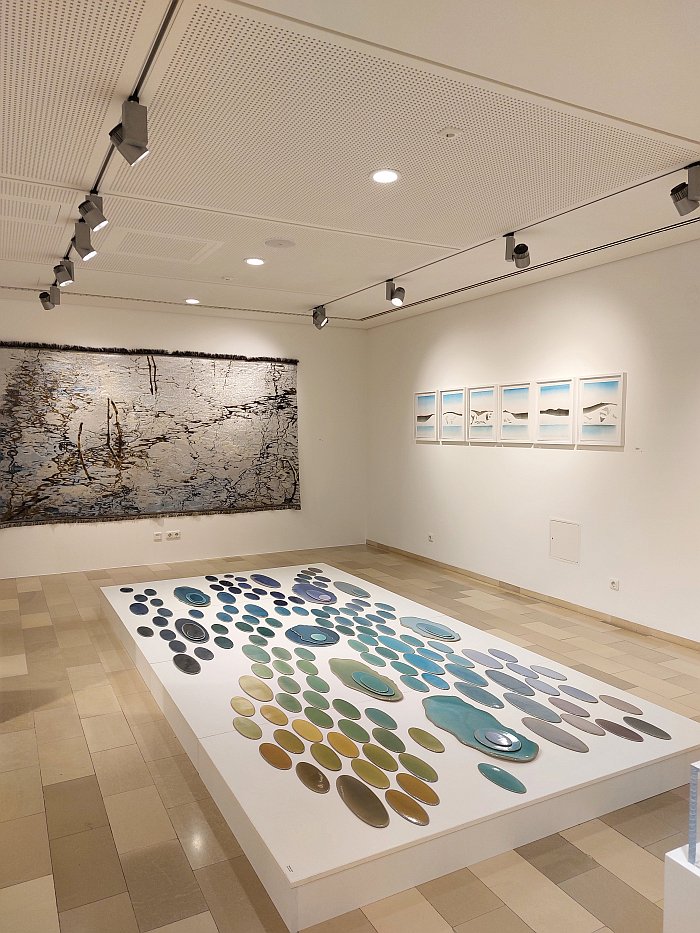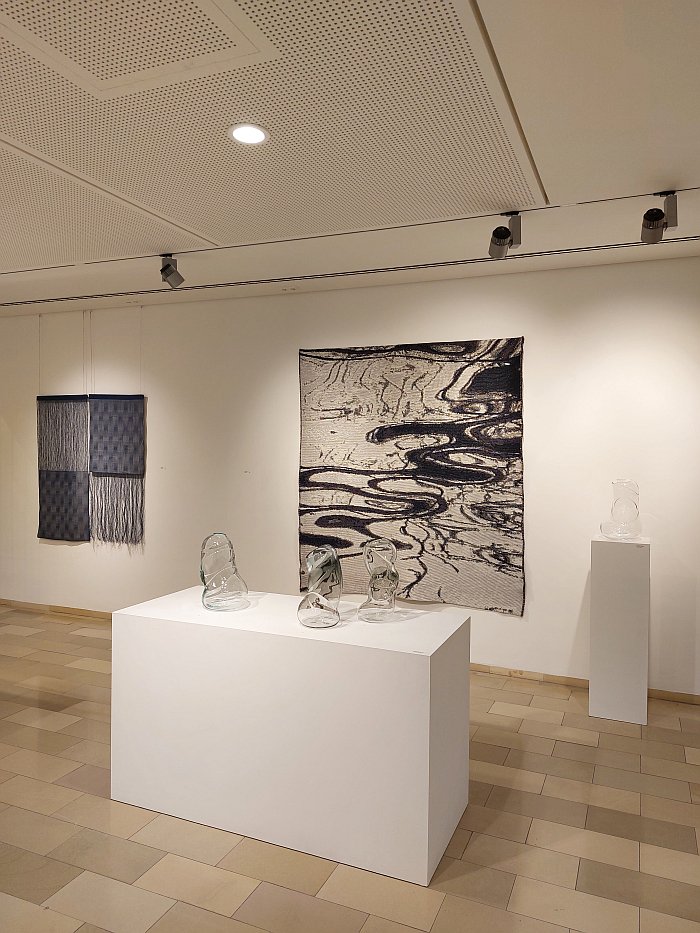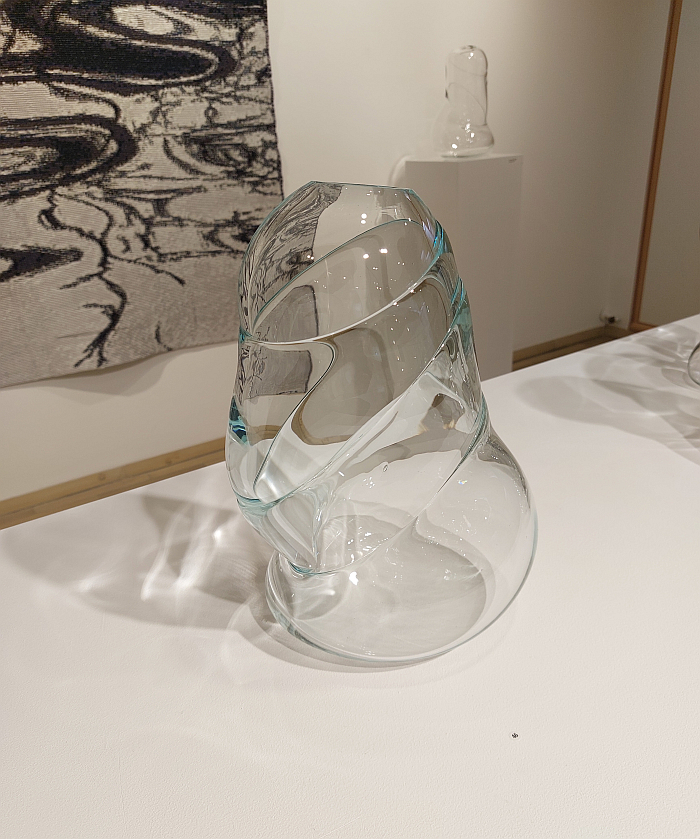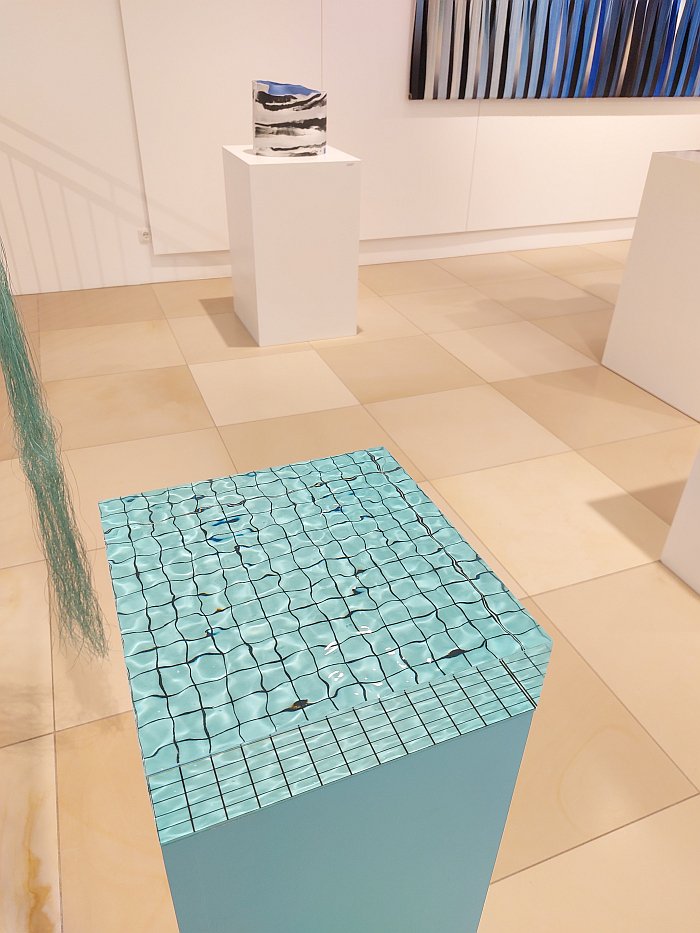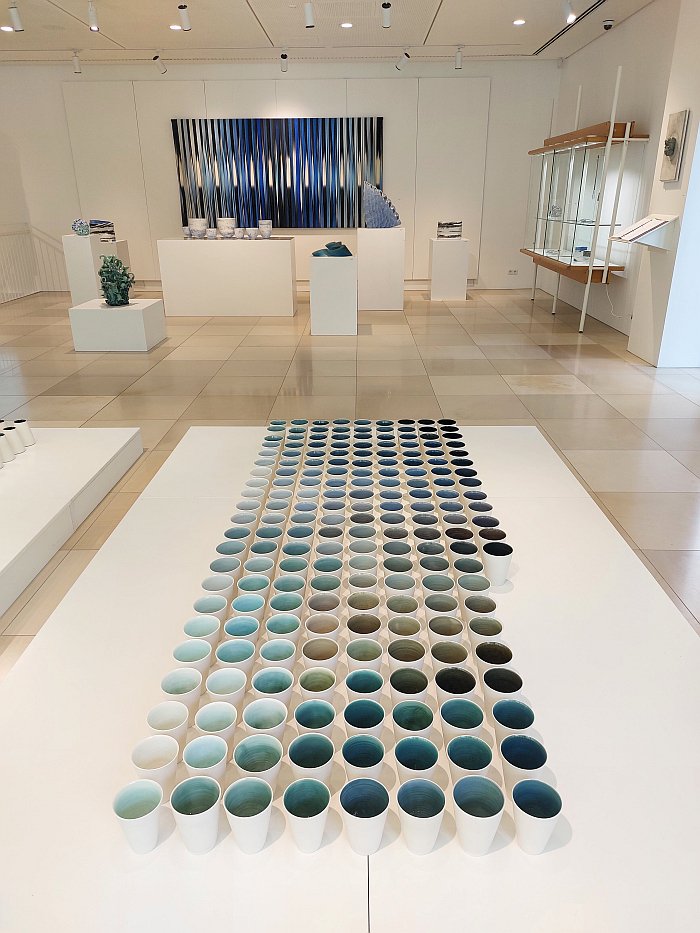
Water, as we all know, is that compound without which life on earth simply wouldn't be physically possible.
And a compound that, as discussed from, for example, Water Pressure. Designing for the Future at the Museum für Kunst und Gewerbe, Hamburg, has an importance and relevance for human society that goes far beyond the physical of its life giving properties. Important and relevant as the physical of its life giving properties unquestionably are.
Yet a compound that for all it is life giving can be also life taking; and a compound which although as compound gives life to humans, as an environment human life is physically impossible within. If an impossibility human society has long dreamed of making possible.
An importance and relevance in terms of life giving and beyond, and a very real danger, which mean that over the centuries of human society ever new structures and containers have been developed to ensure that water is available for its myriad material and immaterial roles. And to protect us from its ever present danger. If one so will, water as a source of life to the built environment of the human species.
Contradictions and associations and indissoluble relationships which mean that over those same centuries of human existence water has continually served as an inspiration for the fertile creative mind; water as a source of life cultural as much as life physical.
With the exhibition Wellen, Wogen, Wirbel. Water as a source of inspiration Munich's Galerie Handwerk present a selection of contemporary works of craft and design from over 50 international creatives that reflect, pun very much intended, on water physical, tangible, transient, poetic, and also on all the wide variety of objects we use to enclose, limit, transport and harness water, but via which we can never fully control water as a force of nature. In many regards don't seek to control water, rather seek to enjoy the fact we can't control the ever present danger of that most essential of compounds.
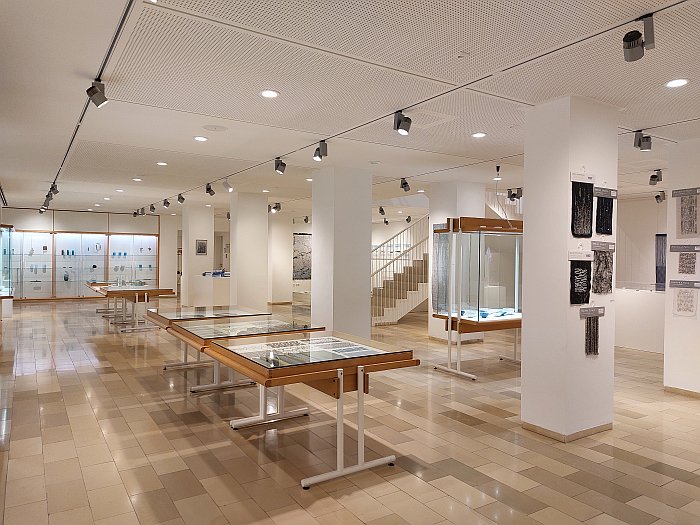
A presentation in and of a wide variety of materials from which we spent, without planning to, the greater part of our time with glass, including, and amongst many other projects, the numerous series on show by Nürnberg based glassmaker Cornelius Réer, a welcome and unexpected wiedersehen with Cornelius's works and that in a context that enabled neatly differentiated perspectives on those works, not least on the beakers and carafes of his Pool series, those works created in steel moulds rather than conventional wood moulds as a response to the rising gas prices and the associated rising costs of producing gas intensive glassware, works that are thus every bit design as craft, and whose rippled, oscillating, shimmering surface is a consequence of the rapid cooling of the still free-flowing glass in the steel mould, or as Cornelius phrased it in our interview with him, a surface effect that is a "mistake" the steel mould process tends to produce. If an endlessly charming and endearing "mistake". 'Mistakes' also to be understood in the works' asymmetry, not something moulded glassware normally exhibits.
And an asymmetry also very much to the fore in Berlin based Veronika Beckh's Intingo vases, albeit, if we've understood correctly, an asymmetry actively bequeathed to the fluid glass at the furnace by Veronika via the pipe, and which results in a series of objects that appear to be growing, bulging, boiling, bubbling out of themselves, work that for us had and have less an association with water, if water then a very viscous water, or an active water at a thermal or gaseous vent, and are more resemblant of, for example, and ignoring the occasional very slight phallic overtones, or perhaps not, an unidentified fungal fruiting body in the process of germination, or an asparagus tip finding its way towards the light. Or, and for us the most immediate association, the segmented body of an invertebrate, an impression joyously underscored by a reserved use of colour that allows the works to shine in ever changing hues depending on the perspective. And a collection of vases that are not only instantly engaging and appealing but a very nice reminder that for all in our contemporary society the 'organic' of nature is often considered to be, certainly interpreted in objects of daily use as, neatly flowing curves and perfectly proportioned components it isn't always. But is always about components that exist in relation to one another, have a direct and natural and reasoned association with one another; relationships and associations that enable the different components to join to form a coherent whole, and that needn't be in a manner that conforms to conventionally conditioned appreciations of beauty. But can be beautiful. Which is a lesson worth learning. And if one taught by objects such as the Intingo vases, so much the better.
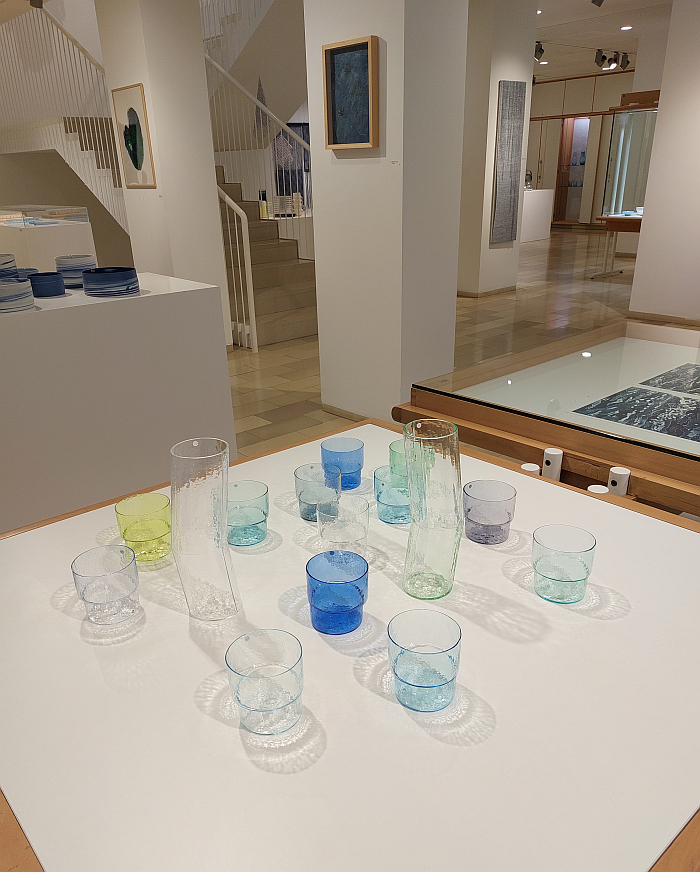
It however wasn't all glass, amongst the works in other materials on show in Wellen, Wogen, Wirbel, we were very taken with, and amongst many other works limits of time and space regrettably preclude us from naming but to which we may return one day, Bergen based Kari Dyrdal's tapestry Continuity 2, a digitally woven close-up snapshot of the surface of a pond whose mix of threads and yarns allow the surface to shimmer and shine in an ever changing iridescent kaleidoscope of transient tones, much like a, indeed possibly a, thin-film interference phenomenon, that effect popularly known in context of viewing a layer of oil on the surface of water. And thus a work, a pond, an iridescent pond, which if viewed from certain angles contains a beauty and poetry that is a terrifying indictment on the state of our planet and admonishment to us all to think more urgently on the water we all need to survive; or by, and staying with contemporary digital technology in traditional craft, the 3D printed ceramics of the ad aquam series by Berlin based Babette Wiezorek, a creative whose works we first met at Grassimesse Leipzig 2023, and an ad aquam series whose Wellen, Wogen, Wirbel - Waves, Swells, Vortexes - and unending shifts in hue and tone are and were not only a genuine joy to behold, but who elegantly elucidate the possibilities 3D printing brings to the craft of the ceramicist, the new possibilities it opens up for a craft that for all it has long been about individual expression is also very much about mass production. That thing ceramicists often forget. If an ad aquam series in context of which Babette Wiezorek appears to have smoothed the top of the vessels rather than leaving the visible end of the printing process, that defiant confirmation of the objects delight and pride in being 3D printed that so appealed to us in other works. But whose absence doesn't detract from the joy of the ad aquam series. But would be nice to have. Even if water is endless.
Or by Munich based Jiye Yun's jewellery....... which we'll be honest we didn't think it was when we were enjoying it in Galerie Handwerk, and are still amazed to have learned that that is what it is: we though it was a collection of modular desk accessories or general storage systems for, for example, jewellery. But not jewellery itself. But it is jewellery. And also both the most delightful interpretation of the readymade, a gay play on architecture, architectural form-giving, as the inspiration for smaller scale works, and a joyous observation of the geometry, symmetry, banality and beauty of the swimming pool. Thoughts which bring us back to the glass we spent so much time with, and to without question one of our genuine highlights of Wellen, Wogen, Wirbel, Budapest based Varga Dóra's Black Grid, a glass monolith, a cubic section cut from a swimming pool, that, as with that swimming pool from which it has been cut, offers, as a general rule, a harshly diffracted view on the world around you, keenly distorts and skews perspectives and understandings, denies the ability to properly appreciate local relationships, save for one or two moments when the filter of water vanishes and everything is brought into sharp, crystal clear, focus. Which, yes, does sound like a metaphor for contemporary society and its reliance on social media. And a nice reminder that water is more than a life giving compound.
Munich Creative Business Week 2024 is now over, but for all in or near Munich Wellen, Wogen, Wirbel. Water as a source of inspiration can be view, and the displayed items purchased, at Galerie Handwerk, Max-Joseph-Straße 4, 80333 Munich until Saturday June 8th.
Full details can be found at www.hwk-muenchen.de
And full details on Munich Creative Business Week can be found at www.mcbw.de
